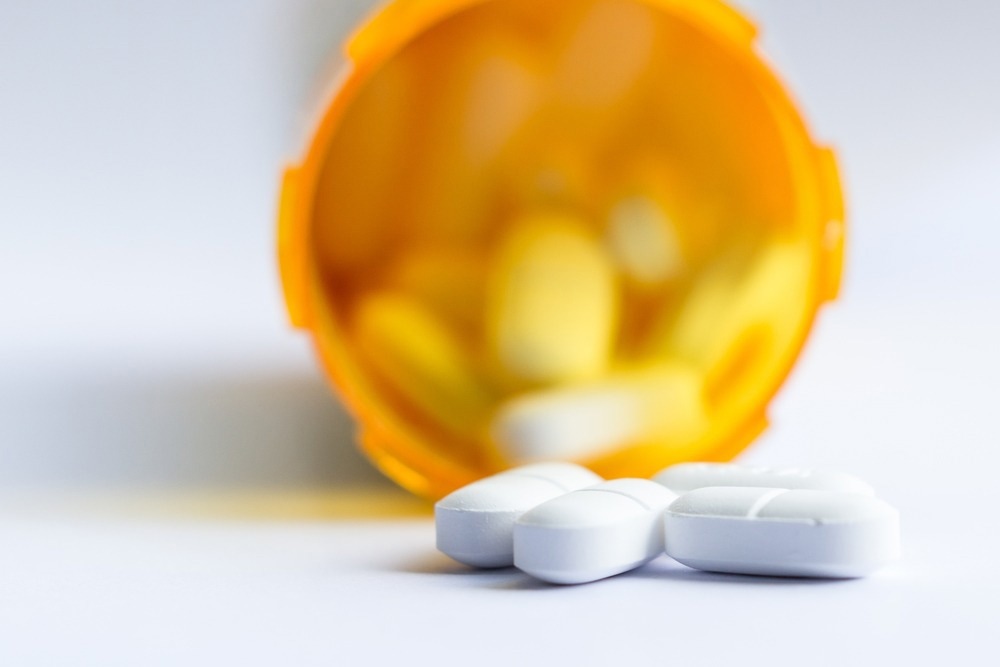Reviewed by Emily Henderson, B.Sc.Oct 11 2022
A few versions of smart home technology are designed to help check opioid overdose. A pilot study by Washington State University (WSU) revealed that a set of noninvasive home sensors could offer precise information concerning overnight restlessness and sleep issues for people recuperating from opioid use disorder.

Image Credit: Wollertz/Shutterstock.com
Disturbed sleep is a huge complaint of people attempting to quit addictive opioids. Methadone is prescribed to reduce cravings and withdrawal, but mostly only one dosage is prescribed, and it can take time to adjust to the right dosage. In the meantime, treatments can weaken during the night, causing withdrawal symptoms and pain to return, which then increases the risk of restarting drug use and unintentional overdose.
In the research article, published in the journal Pain Management Nursing, researchers from WSU discovered home sensors matched other tracking techniques for sleep disturbance approximately 89% of the time.
One day when people go home from addiction treatment, we could send them to a smart home sensor environment, so we can know remotely if they're struggling to sleep and getting up and down a lot. We know that poor sleep is a trigger for substance use and could lead to unintended overdose.
Marian Wilson, Study Lead Author and Nursing Professor, Washington State University
Through their study, Wilson and her contemporaries were keen to see if they could develop a system that could recognize problems like sleep apnea and other breathing problems as well as physical movement signifying an inability to sleep properly. This data could help alert healthcare workers of the difficulties, and medication or supportive interventions can be modified promptly. The findings also helped to validate patients’ worries.
Our study confirms what people with opioid use disorder have been saying—their sleep can be restless and disturbed. We need to appreciate that people may be suffering. There’s a misconception that substance use is all about that euphoric ‘high.’ By the time people get into a methadone treatment program, they’re usually just trying to feel normal.
Marian Wilson, Study Lead Author and Nursing Professor, Washington State University
For the research, which was performed at WSU’s Sleep and Performance Center, scientists gathered around 16 hours of data spanning two nights for four people undergoing methadone treatment programs. The sensors were positioned on a wall, overhead, and on the door to track movements. They compared the data gathered by the independent, camera-less sensors to data gathered by observers through video and polysomnography, the typically used sleep study technique.
Polysomnography requires fixing tracking wires and equipment to an individual to gather measurements such as leg movement and oxygen saturation.
The team learned that the home sensors recorded plenty of the same information as the systems with cameras and wires.
This tells us that maybe in the future, we don’t need to have the person come into the sleep lab to be observed. The home sensors would be a very unobtrusive way to monitor somebody with no cameras, no videos, just the sensors that tell us about their movements.
Marian Wilson, Study Lead Author and Nursing Professor, Washington State University
The following step for this study would be to test the sensor idea in a home environment rather than in a lab, which would require positioning sensors in the homes of patients discharged from an in-patient treatment program or beginning an outpatient medication treatment program.
Besides Wilson, the study’s co-authors include Roschelle Fritz of the WSU College of Nursing, Myles Finlay of WSU Elson S. Floyd College of Medicine, and Diane Cook of the WSU School of Electrical Engineering and Computer Science. This study was supported by the National Institutes of Health (NIH).
Journal Reference:
Wilson, M., et al. (2022) Piloting Smart Home Sensors to Detect Overnight Respiratory and Withdrawal Symptoms in Adults Prescribed Opioids. Pain Management Nursing. doi.org/10.1016/j.pmn.2022.08.011.